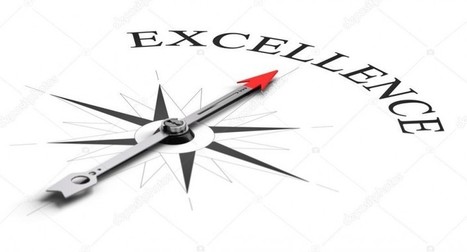Is anything working? Are you in trouble yet? Is it you, or is it the economy? The fact of the matter is, IT’S YOU! Why? You are the one that has to survive. It is your responsibility. Without change, things will stay the same. So, how do you go about initiating change?
On a recent Business901 podcast, I discussed with Bob Weiner, CEO of PAS Technologies, how his company climbed from near the bottom of industry rankings to the top. What significant change did he make to leapfrog the competition? He invested the first week of his leadership in lean training.
Most professionals today have not been involved in a turnaround. They do not realize that turnarounds require a different set of skills and management techniques. My methods do not work for all and are just one way of doing it. You must decide on your course of action. I have been involved in several ventures, and failed at one of them. The results that I had were all different. I broke companies apart, sold some and worked through some. They were all different, with different goals and different results. And the bottom line is I lived to write about them.
Now, with my experience, what would I do if I was involved with one today? Though PAS did not create the model, they executed it, which is a much greater feat. My model may look a little different than how PAS did it, but it is similar in the respect that I would walk in and create a lean system.
Most people don’t respect the fact that you have to document what you are doing precisely. It really is like starting on a journey without knowing where you are at. If you would try to get directions from Yahoo Maps and typed in Indiana instead of Indianapolis, you may be only one hour or four hours away.
Your metrics play such an important part. How are you going to measure success? What in the short term will allow you to survive and in the long term build a business? Measuring simply by results is just not enough in today’s world. Using lean metrics measured by drivers are at the heart of making your plan effective.
Lean is a system focused on and driven by customers. Optimizing the value stream from their eyes and in an efficient process takes your processes to a level not experienced before. Review your past sales and processes that are performing well. Determine why and what may be different about them. This may help you identify a value stream much more quickly.
Mapping the future state is where we start seeing it all come together. This is the step everyone typically wants to jump to immediately. As a result, it can be easily abused, and a lot of waste can be left in the process. We make plans, and instead of having a sound basis, we use instincts and tools that are not directed and often based on what is called “tribal knowledge”.
Kaizen is the Japanese word for continuous improvement. It is all about idea submission, not acceptance. Kaizen has three steps. First, create a standard. Second, follow it. Third, find a better way. Create kaizen events on a weekly basis to improve on a particular area or metric.
A great learning tool is to start with a task that is working well, has little waste and just walk through the process. After you see how the process works, take one task that has what you perceive as a lot of low-hanging fruit. Walk through that process. The secret I believe to successful implementation is not trying to do too much at once. It is a journey made up of multiple events, or kaizens.
Via Steven Bonacorsi



 Your new post is loading...
Your new post is loading...










